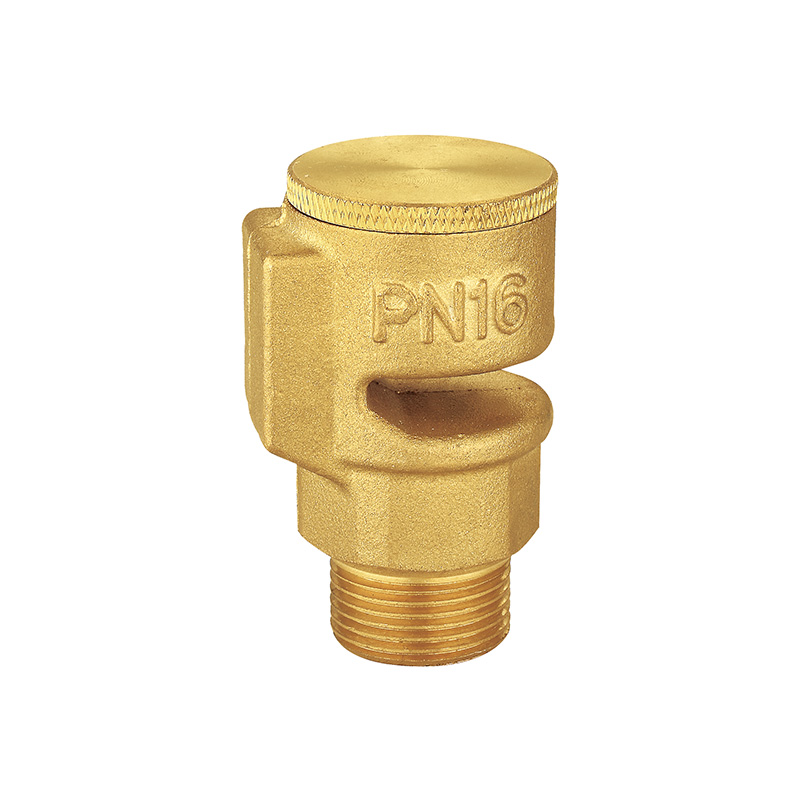When Should Plumbing Components For Hydrothermal Distribution Supply Be Replaced?
Understanding the Role of Plumbing Components For Hydrothermal Distribution Supply

In any modern building—residential, commercial, or industrial—the Plumbing Components For Hydrothermal Distribution Supply serve as the backbone of the water and heat distribution system. These components ensure that water and thermal energy are transported efficiently throughout the structure, maintaining comfort and functionality. Understanding their purpose and the signs of aging is essential to determine when replacement might be necessary.
The Plumbing Components For Hydrothermal Distribution Supply typically include pipes, fittings, valves, connectors, and sometimes specialized temperature or pressure regulators. Together, they form a network that supports heating, cooling, and water circulation systems. Over time, factors such as water quality, pressure fluctuations, and thermal stress can affect the integrity of these components.
Some of the key functions of these components include:
Maintaining steady water and heat flow across multiple sections of a building.
Preventing leaks and energy loss through secure fittings and well-maintained seals.
Ensuring system safety by withstanding varying temperature and pressure levels.
Because these systems often operate continuously, the Plumbing Components For Hydrothermal Distribution Supply experience both mechanical and thermal fatigue. Even with high-quality materials, long-term exposure to temperature changes and water chemistry can cause gradual wear. Recognizing this natural aging process helps prevent unexpected system failures and ensures operational efficiency.
In short, understanding the purpose and lifespan of these components is the step toward proactive maintenance. The longer these systems are left unchecked, the higher the risk of reduced performance or potential leakage that could compromise the efficiency of the entire hydrothermal network.
2. Key Signs That Plumbing Components For Hydrothermal Distribution Supply Need Replacement
Knowing when to replace the Plumbing Components For Hydrothermal Distribution Supply requires regular inspection and awareness of visible and hidden warning signs. Ignoring early indicators can more significant issues such as energy inefficiency, water loss, or even damage to surrounding structures.
Here are some common signs that indicate replacement may be necessary:
Visible Corrosion or Rust: Over time, metal-based components can corrode due to exposure to oxygen and minerals in water. If you notice rust or discoloration, it could be a sign that the integrity of the component has been compromised.
Reduced Water or Heat Pressure: A sudden drop in pressure within the hydrothermal distribution system may indicate blockages or internal damage to the Plumbing Components For Hydrothermal Distribution Supply. This can reduce the overall efficiency of heating and cooling systems.
Frequent Leaks or Drips: Persistent leaks often signal that seals, joints, or fittings have deteriorated. Even small leaks can gradually cause structural or mechanical problems if left unrepaired.
Unusual Noises or Vibrations: Components that are nearing the end of their lifespan may create rattling sounds or vibrations during operation. This often points to loose connections or material fatigue.
Temperature Inconsistencies: When hydrothermal systems fail to maintain stable temperatures, it may indicate that internal flow regulation components are malfunctioning or blocked.
It is worth noting that the average lifespan of Plumbing Components For Hydrothermal Distribution Supply depends on material quality and environmental conditions. For instance, copper or stainless steel components tend to last longer than those made of certain plastics or composite materials.
Regular maintenance and monitoring can extend the lifespan of the system. However, when repairs become frequent or when the cost of maintenance begins to outweigh replacement, it may be more practical to install new components. Timely replacement helps preserve system performance, reduce energy waste, and maintain consistent hydrothermal output throughout the building.
3.Practices for Replacing and Maintaining Plumbing Components For Hydrothermal Distribution Supply
Replacing the Plumbing Components For Hydrothermal Distribution Supply should not be seen as an isolated task but rather as part of an ongoing maintenance strategy. Proper planning and professional assessment can ensure that the replacement process enhances system reliability and minimizes downtime.
Some better practices to consider include:
Regular Inspection Schedule: Establishing a routine inspection plan—every 6 to 12 months—helps detect early wear or damage. Early intervention can prevent larger problems from developing.
Selecting the Right Materials: When replacing components, it is essential to choose materials compatible with the system's water chemistry and pressure levels. High-quality materials can extend the life of the new Plumbing Components For Hydrothermal Distribution Supply.
Professional Installation: Working with certified technicians ensures that new parts are installed correctly. Improper installation can misalignment or pressure imbalances.
Maintaining Clean Systems: Flushing the system periodically removes sediment buildup that can cause internal blockages. Clean systems allow new components to function more efficiently.
Monitoring System Performance: After replacement, ongoing monitoring helps verify that the Plumbing Components For Hydrothermal Distribution Supply are functioning as intended. Advanced sensors or control units can detect irregularities in temperature or flow in real time.
Moreover, maintaining accurate records of inspections and replacements helps track the lifespan of each component. This data allows facility managers to anticipate future maintenance needs and budget accordingly.
Proper maintenance and timely replacement also improve energy efficiency. When all components work in harmony, hydrothermal systems can operate with less resistance and lower energy consumption, ultimately benefiting both performance and sustainability goals.



 English
English русский
русский Español
Español عربى
عربى


